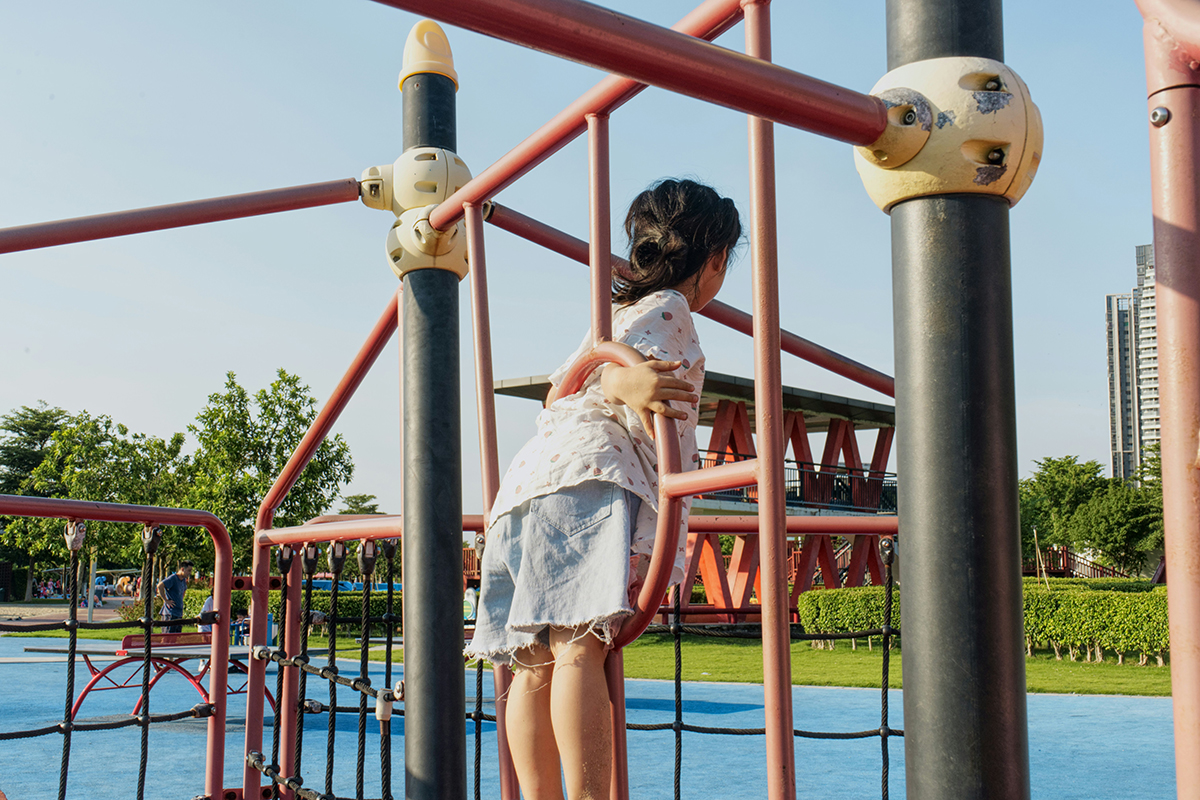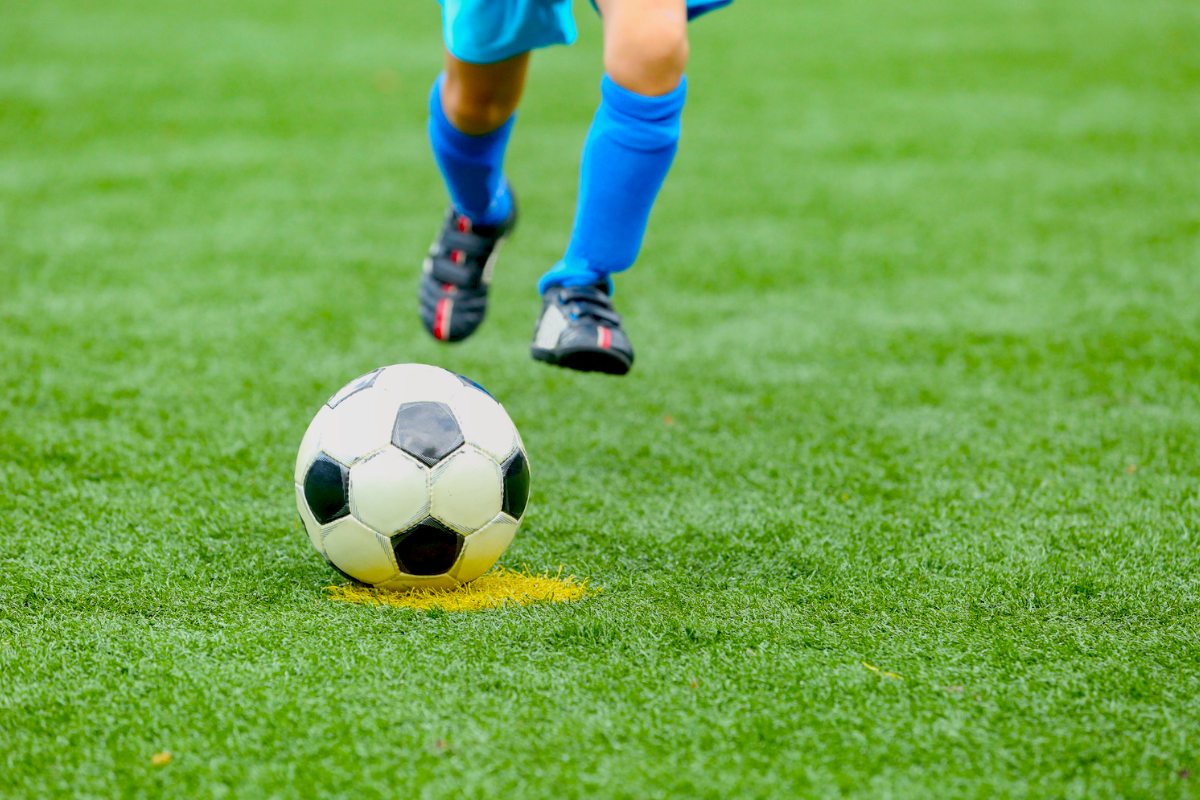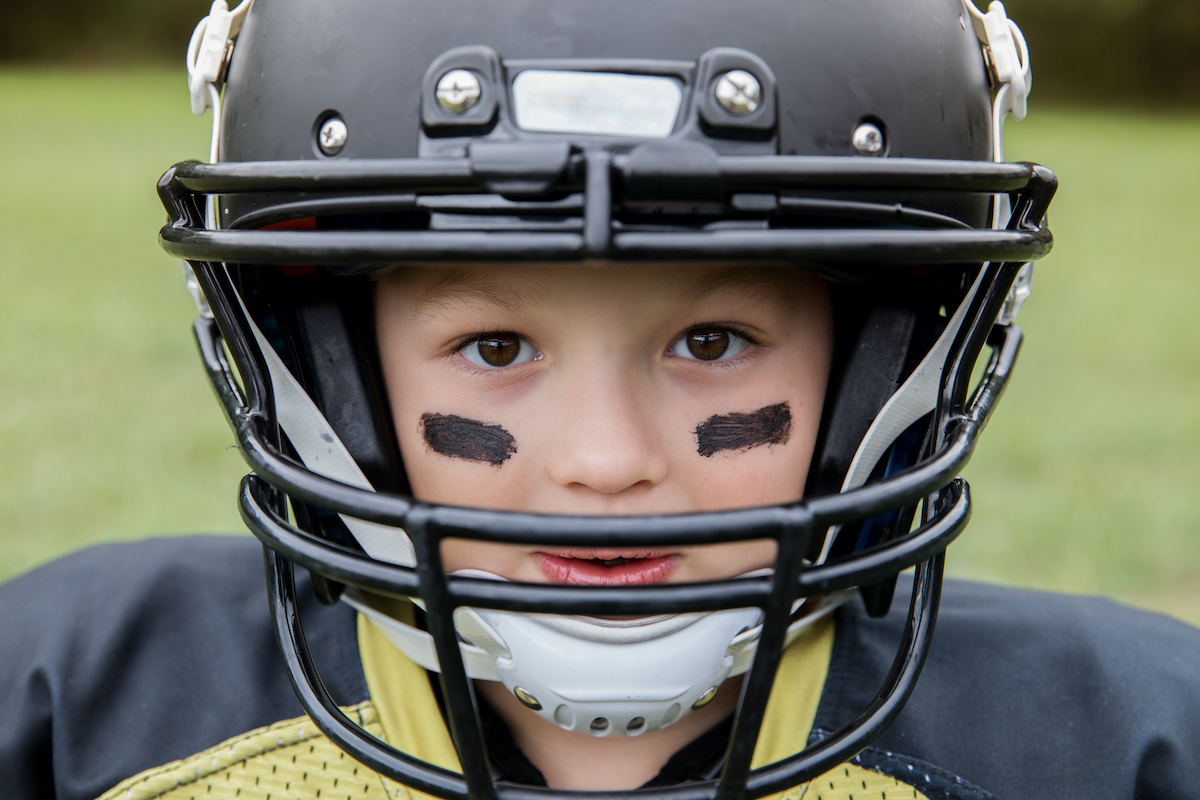My daughter is almost 2 and getting a lot more physically adventurous, both in climbing on playgrounds and on the furniture in our house. It’s hard for me not to be anxious about her falling off a playground and breaking her arm — or her neck. It would really help me to see a breakdown of data on this. How common are these kinds of accidents? How serious are they?
—Laura
It is extremely challenging not to be anxious at a playground, especially since (relative to my childhood, anyway) our parental tolerance for physical danger with our kids has gone way down.
This website has a good summary, based largely on a 2009 paper, of playground accidents. There are an average of 218,000 ER visits a year for playground injuries. Falls are most common as a source of injury, and fractures are the most common injury.

There have been child deaths from playground equipment. The most commonly cited number is an average of 15 per year, which is based on accounting for 147 reported deaths between 1990 and 2000 on playground equipment; 70% of these were on home playground equipment. Half of them were a result of strangulation, due to shoestrings, clothing, or rope swings. It seems likely that these numbers would be smaller now, given the changes in playgrounds in the past 30 years. Notably, softer playground surfaces reduce the risk of injury by about half. This number is a serious upper bound. Papers summarizing data from other countries suggest the actual risk is much lower.
This risk of serious injury or death is scary, but it is very small relative to other sources of risk. Approximately 1,000 children die each year in car accidents, for example.
Risk is hard to think about. The reality is that having your child on the playground does entail some injury risk. The serious injury risk is very, very minimal. But the risk of a sprained wrist or a broken arm is larger (if still very small). It is easy, then, to get focused on that. However, there is another side. The freedom of playgrounds is great for kids. The feeling of accomplishment when they climb up the rock climbing wall or go down the big slide — it’s huge. If they don’t try, they don’t get that.
There is a broader “free-range kids” movement that speaks to a piece of this. The core idea, I think, is that we can get too focused on these physical risks and lose a sense of the broader risk from not letting our kids do these things. Food for thought!
Oh, one final note: It’s really dangerous for an adult to go down a slide with their kid on their lap. If the kid’s leg gets stuck, the adult weight is too much and they can break their leg. So while you might think it’s safer to have your 2-year-old ride on your lap, it’s not.
Community Guidelines




















Log in